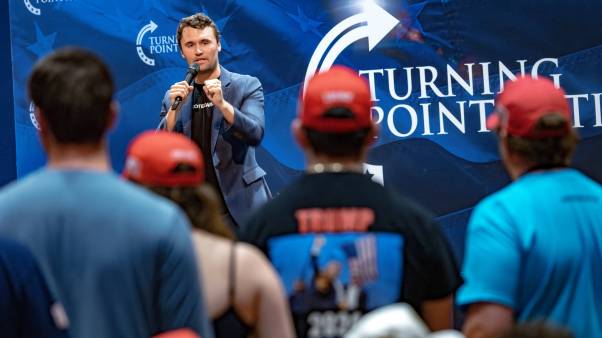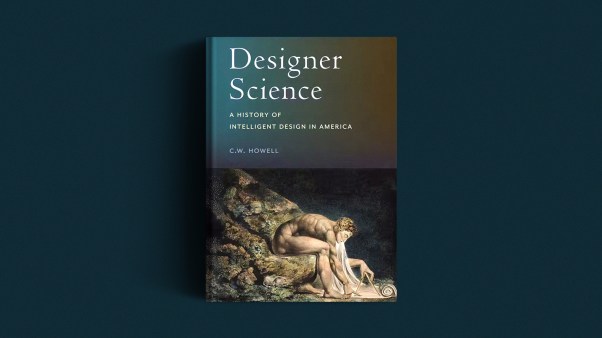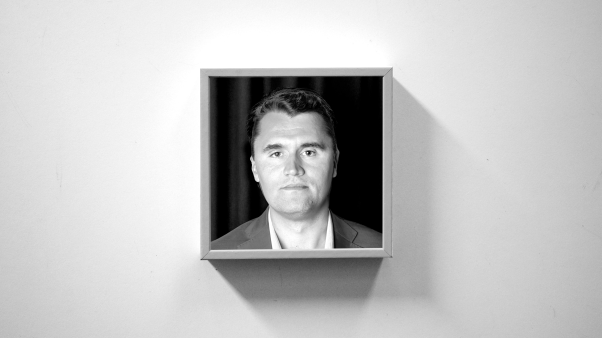The word archaeology drums up visions of stuffy professors and remote excavation sites, but the recent spate of findings—most notably the James ossuary and “Solomon’s” Temple Mount tablet—should cause us to reconsider. Hershel Shanks, editor of Biblical Archaeology Review, recently enthused that “the James ossuary may be the most important find in the history of New Testament archaeology.” And the Tel Aviv newspaper Ha’aretz gushed that Solomon’s temple tablet “would be a first-of-its-kind piece of physical evidence” reinforcing biblical narrative.
No question—archeology has an allure for believers, promising as it does to bring the world of the Bible to life. Touring the Holy Lands several years ago, I decided to try two weeks excavating a dig at Sepphoris, a ruined Greco-Roman city right in the heart of Galilee. Just what I expected to find there—ancient oil lamps, perfectly formed vases, the Holy Grail, maybe—I really can’t say. But ten days of schlepping dirt out of a four-foot hole without finding anything quickly took the romance out of it. This was certainly no Indiana Jones expedition, and waking up at four in the morning to beat the heat didn’t agree with this night owl. “Leave archaeology for the truly committed,” I decided. “I’m more interested in studying history than sweating it out in trenches.”
Still, there’s something to be said for archaeology. Many Christians appeal to it when confronting those skeptical of Scripture’s accuracy, but most can’t offer much more than the amorphous “Archaeology confirms the Bible.” If you are one of these, then the last century’s top findings just might interest you.
Until last October, when scholars identified the ossuary or bone box of “James, son of Joseph, brother of Jesus,” there were two finds taken to confirm the existence of people we encounter in the New Testament. The first came in 1962 when Italian archaeologists uncovered the ruins of a Roman theater along the Mediterranean shore. An inscription announced the building of a public structure in honor of emperor Tiberius—under the direction of Pontius Pilate. Pilate clearly wanted Romans—and that included the emperor—to recognize him as the patron of this monument.
Then, in November 1990, Jewish construction workers discovered a burial cave south of Jerusalem containing an ossuary with the name Yehosef bar Caiaphas crudely scratched in Aramaic. Scholars confirmed this Caiaphas was the high priest who figured so prominently in Jesus’ trial in the Gospels. The ossuary’s unusually lavish decoration is what one would expect of a man who had acquired significant personal wealth as the Jews’ principal religious leader.
Even if Christians can’t point to hard evidence supporting the actual existence of most people named in the New Testament, the world described in its pages matches the ruins archaeologists have discovered—though sometimes those discoveries have revised our assumptions about Scripture. Sepphoris, just a four-mile hike from Nazareth, boasted a Roman-style theater, a massive underground aqueduct, and a Dionysiac mosaic. Nazareth, then, was no remote town on the edge of civilization, but it sat in the shadow of a thriving city. According to the historian Josephus, Herod Antipas (4 B.C. – 39 A.D.), whose trial of Jesus is recorded in Luke 23, built Sepphoris, as well as his capital of Tiberius along the western shore of the Sea of Galilee. And his father, Herod the Great, ruler at the time of Christ’s birth, raised even greater architectural wonders, including the Second Temple upgrade that Jesus knew during his ministry—the remains of which we know as the “Western Wall.”
Other incidental evidence could be mentioned. In the mid-1980’s, Galilee experienced a severe drought, and the Sea of Galilee’s water level dropped. In January 1986 two members of Kibbutz Ginnosar discovered a boat buried in the mud, and Israel Antiquities Authority archaeologists built a dike to keep out the water. After replacing the rotted wood with plaster, they discovered using carbon-14 dating that the boat dated from the time of Jesus. The so-called “Jesus Boat” could certainly have held thirteen people—namely, Jesus and his disciples.
In Capernaum, a few miles away from the “Jesus Boat,” stand the ruins of an octagonal building dating to the 400s A.D. In 1906, Franciscan archaeologists discovered the structure. On the plaster of one room, they found Christian invocations in Aramaic, Hebrew, Greek, Latin, and Syriac, some as early as the second century A.D. Because of the building’s lack of domestic artifacts, evidence of repeated replastering, special octagonal shape, and location in the hometown of the apostle Peter, the Franciscans concluded that this was Peter’s house, which had been refashioned into a church.
As impressive as these findings may be, Christians should recognize that archaeology doesn’t “prove” essentials of Christian faith, such as Jesus’ resurrection. But they do give us confidence our holy book doesn’t exist in a historical vacuum—and that the biblical writers knew what they were talking about.
Steven Gertz is editorial coordinator for Christian History magazine.
Copyright © 2003 Christianity Today. Click for reprint information.
Related Elsewhere
For more on these and other discoveries, see Excavating Jesus (HarperSanFrancisco, 2001) by Jonathan Reed, now the lead archaeologist at Sepphoris:. The book is the basis of much of this article.
More Christian History, including a list of events that occurred this week in the church’s past, is available at ChristianHistory.net.Subscriptions to the quarterly print magazine are also available.
Christian History Corner appears every Friday at ChristianityToday.com. Previous editions include:
Sex, Politics, and the Bible | Some words just don’t mean what they used to (Jan. 24, 2003)
Caveat Gyrator (Elvis Priestly, Part II) | So you’ve got an evangelistic pop-culture act ready for prime time. Here’s a historical pause for reflection. (Jan. 17, 2002)
From Oratorios to Elvis | Pop culture has been coming to a church near you for hundreds of years (Jan. 10, 2002)
The Christian DNA of Modern Genetics | Though open to frightening ethical abuse, genetics has been a Christian vocation since Gregor Mendel did his famous pea-plant experiments in the mid-nineteenth century (Jan. 3, 2002)
I’m Dreaming of a Victorian Christmas | An ageless story reminds us of the values the Victorians can still teach us. (Dec. 23, 2002)
No Humbug | A Christmas Carol remains the quintessential holiday story, but why? (Dec. 20, 2002)
‘Tell Billy Graham the Jesus People Love Him.’ | How evangelism’s senior statesman helped the hippies “tune in, turn on to God.” (Dec. 13, 2002)
Advent—Close Encounters of a Liturgical Kind | ‘Tis the season when even the free-ranging revivalist pulls up a chair to the table of historic liturgy. (Dec. 6, 2002)
Dig that Billy Graham Cat! | How the grand old man of evangelism helped create Christian youth culture in the zoot-suit era. (Nov. 22, 2002)
From Swamped Creatures to Separated Brethren | Non-Catholics’ spiritual status improved dramatically from Unam Sanctam to Vatican II, but where are we now? (Nov. 15, 2002)
An ‘Ordinary Saint’ in Wartime | William Wilberforce saw two long charitable campaigns through, even in war’s distracting shadow. (Nov. 8, 2002)
Just War, Just Nation? | World War II preacher points America back to the nation’s soul. (Nov. 1, 2002)








